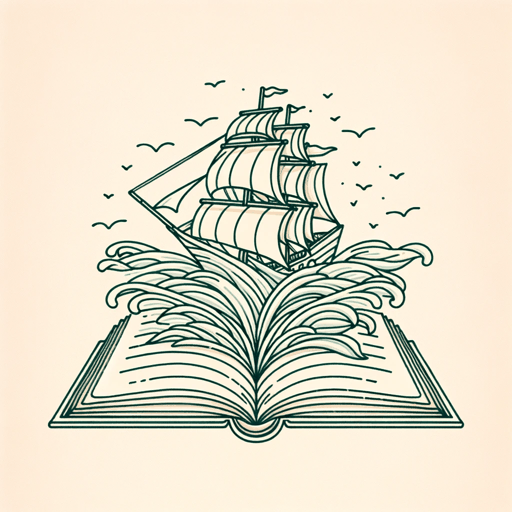18 pages • 36 minutes read
Emily DickinsonThere is no Frigate like a Book
Fiction | Poem | Adult | Published in 1866A modern alternative to SparkNotes and CliffsNotes, SuperSummary offers high-quality Study Guides with detailed chapter summaries and analysis of major themes, characters, and more.
Themes
Poetry as a War Zone
“There is no Frigate like a Book” explores questions of history and self-knowledge central to the human experience. The speaker places poetry at the center of this exploration and does so by comparing the power of literature with the power of various war machines. The extended nature of these metaphors suggests a deep connection between the two things being compared.
The speaker communicates literature’s ability to take its readers “[l]ands away” by imagining literature as a “[f]rigate,” a “[c]ourser” and a “[c]hariot.” In each of these vehicles, the speaker imagines the reader as a passenger. Since each of these vehicles are designed for war zones or battlefields (See: Symbols & Motifs), they rarely carry civilian passengers. This suggests that the speaker places the reader in a combative position on a larger battlefield.
The stakes of reading literature are not the same as waging war, but both require one to survey or “[t]raverse” new territory. The word “traverse,” in this sense, means to cross and to study a landscape—skills essential to both understanding the topography of a battlefield and to orienting oneself in a new work of literature. By making these comparisons, Dickinson’s speaker suggests the study of literature can be arduous, even if it is not as expensive or physically taxing as traversing a battlefield.
Related Titles
By Emily Dickinson

A Bird, came down the Walk
Emily Dickinson

A Clock stopped—
Emily Dickinson

A narrow Fellow in the Grass (1096)
Emily Dickinson

Because I Could Not Stop for Death
Emily Dickinson

"Faith" is a fine invention
Emily Dickinson

Fame Is a Fickle Food (1702)
Emily Dickinson

Hope is a strange invention
Emily Dickinson

"Hope" Is the Thing with Feathers
Emily Dickinson

I Can Wade Grief
Emily Dickinson

I Felt a Cleaving in my Mind
Emily Dickinson

I Felt a Funeral, in My Brain
Emily Dickinson

If I Can Stop One Heart from Breaking
Emily Dickinson

If I should die
Emily Dickinson

If you were coming in the fall
Emily Dickinson

I heard a Fly buzz — when I died
Emily Dickinson

I'm Nobody! Who Are You?
Emily Dickinson

Much Madness is divinest Sense—
Emily Dickinson

Success Is Counted Sweetest
Emily Dickinson

Tell all the truth but tell it slant
Emily Dickinson

The Only News I Know
Emily Dickinson

